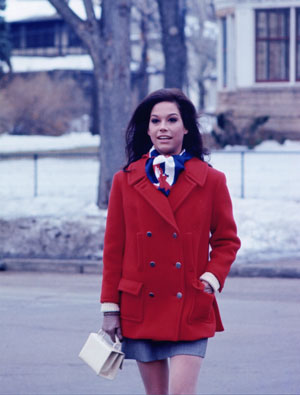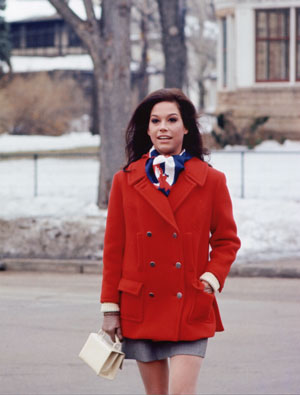Color
The color of light is measured on a scale called "color temperature." Every color on the spectrum has a certain number measured in units called degrees. This can get complicated, but the basic information is fairly straightforward: all movie and TV lights are set to produce light in one of two colors:
1) 5,600 degrees, which is also the color of sunlight.
2) 3,200 degrees, which is a slightly redder color that works well for filmmaking.
(These "degrees" don't correspond to heat; it's just a number scale to measure color)
Cameras can be adjusted to to "see" 5,600 degrees as white; or set to see 3,200 degrees as white. Either way.
The common error is setting the camera to see one color of light, but then shooting under a different color. The result would then be heavily tinted video.


The scene on the left illustrates the "real" blue color of sunlight (5600 degrees). But human eyes compensate, so we see an image in our mind that's more like the one on the right. Cameras must make a similar adjustment. So operators tell the camera to "see" the bluish light as white light--and then the scene looks more normal when recorded. Adjusting the camera this way is called "color balancing" or "white balancing."

